Just imagine, captivating animations are being circulated. Of people, family, animals, more people and daily life illustrations. Rotating in social media, but you just know what it is, or you thought. “Studio Ghibli’s new release?” This crosses your mind. However, the more you look closely, the more unrealistic it looks. Because it was. It was AI-generated. Individuals are making use of different tools to generate content with conventionally breathtaking visuals; however, they are only able to imitate the soul of traditional artistic presentations.
Hence, the emotional aspect mostly remains non-existent. Prompts can make cleaner lines, the pastels can look as dreamy, but what’s the ground of the story? Who’s the voice behind it? What is the vision? Has the heartbreak revealed scars in the form of authentic poetry or prose? Nobody knows. While these images may imitate beauty and structure, they usually lack life.
Read More: Why Are We All Gripped by the Ghibli-Style AI Image Trend?
Impact of AI on Emotional Authenticity
Individuals can mistake the images generated by AI. They can view them as real art. Ghibli-like images are one of the perfect and trending examples. AI-generated art can excel in visual sophistication. However, it lacks the emotional depth and storytelling of human-made art and aesthetics. It struggles with conceptual depth and emotional resonance compared to traditional art. Real art isn’t empty. It holds a lot of pain, many memories and profound purpose. While AI does not.
AI Imitation & Aesthetic Appropriation
AI-generated visual content tools expand artistic authorship but raise concerns about artistic authenticity, copyright, and the balance between technological progress and artistic quality. People were imagining themselves in the Ghibli world, but an old video of its artist and co-founder of Studio Ghibli went viral. Hayao Miyazaki, a renowned filmmaker, is known for his cinematic masterpieces like Spirited Away and My Neighbour Totoro. He firmly believed that AI-generated imagination is an “insult to life instead” and claimed that it would not understand the real feelings of people. He never wished to incorporate this feature into his work.
That one sentence captures the root of the discomfort many feel when witnessing AI-generated art. Ghibli films are not just pretty images. They are personal, full of layered emotional meaning, crafted slowly and intentionally. Miyazaki draws from memories, cultural legacy, and values that have been shaped by years of living. AI, by contrast, is not alive. AI art challenges traditional notions of creativity, authorship, and artistic value, blurring the lines between human and machine creation.
Tribute or Theft?
The advent of AI-generated artwork mimicking existing styles, such as that of Studio Ghibli, has generated controversy regarding copyright protection and artistic integrity. While some have claimed AI artwork is labour and creativity theft, others have argued that AI software can be a legitimate tool for artists to achieve their creative vision. The “ghiblification” trend raises concerns regarding the susceptibility of art style to AI replication, possibly infringing on copyright while style itself is not.
Read More: How to Train Your Creativity (Even If You Think You’re Not Creative)
The Disappearance of Narrative Memory
Like a photograph that captures the child playing with his friends on a dusty street. Painting that’s a result of a loss of heartbreak. Like a song that emerges from frustration or protest. Art created by a human is often found rooted in experiences. These experiences include grief, thoughts, memory, celebration, and resistance. It often also includes instances of mundane reality. AI, on the other hand, produces no real context, but just data. The AI tools only generate some outputs that are pulled from patterns in the existing media. Light, shadow, style, effect, everything is somehow mimicked by it.
Though there is something they can’t really mimic. The reason behind the painting. The intention behind the poetry that never reached the muse. The pain they cannot bear. Recent studies investigate the effect of AI on thought processes, specifically personal narrative memory:
- The use of AI-facilitated narratives from stream-of-consciousness thoughts can give effective and informative self-knowledge in therapeutic contexts. Yet the augmented use of AI can contribute to diminishing critical thinking and memory recall.
- The figures of “digital amnesia” and attentional splitting through algorithmic content selection are growing issues. To solve these problems, researchers put forward a single narrative memory model for artificial agents, combining human cognitive models and artificial memory systems. This model seeks to advance AI’s comprehension, decision-making, and adaptability as well as enrich human-AI interaction.
As AI increasingly pervades everyday life, balancing convenience with intellectual well-being is still important and calls for further investigations into long-term cognitive impact and intervention.
Read More: Addressing the Impact of AI Worries in the Workplace
Humans Need Stories
Narrative is the way we move through our identity, our relations, and our feelings. Psychologically, the change can provoke the way we interact with meaning. Jerome Bruner’s narrative theory of psychology suggests that humans comprehend the world through narratives. Autobiographical memory, or recalling personal experiences, also plays a principal part in the way we connect with and produce art. When we see a great image, part of what stirs us is what it recalls: a personal recollection, a universal feeling, a cultural icon. With AI art, that connection is broken. The picture may inspire awe, but never emotional resonance. We marvel at the surface but have no attachment to its roots. Because none exists.
Read More: Research Finds The Effectiveness of Art Therapyin Parkinson’s Disease Patients
The Illusion of Perfection: A Psychological Trap
This detachment can be explained by cognitive fluency — our brain’s tendency to favour things that are easy to process. AI-generated art is often visually coherent, symmetrical, and balanced. These traits make it pleasing. We scroll, we save, we share. But the ease with which we consume it may be making us emotionally passive. We stop asking, “What does this image mean?” and start asking only, “How pretty is it?”
Jean Baudrillard’s theory of simulation warns us about this. He argued that in a world of copies and simulations, the original becomes meaningless. AI-generated art doesn’t just mimic style; it often erases origin. It creates a reality where imitation replaces creation. This is not a future we’re heading toward — it’s already here. And it brings with it a psychological cost: a slow erosion of our ability to value process, intention, and human error.
Read More: AI Chatbots for People with Disabilities: Bridging the Accessibility Gap
So why do we still admire AI?
One reason is the mere exposure effect. The more exposed we are to something, the better we like it. The more we see AI images, the more we get used to them and the better we begin to like them. Our standards change with our saturation. We expect perfection, smoothness, and the look of artificial beauty. But the real danger lies in what we’re forgetting: that art is not just meant to be consumed; it’s meant to be felt.
Artists and Psychological Ownership
Globally, artists have spoken about the embedded theft when it comes to AI systems. Models are sometimes accustomed and trained on databases of real artists’ content, scraping it without their consent. It feels more like plagiarism. From Ghibli animators to other illustrators, art is a voice for them. It is an extension of someone’s identity, or of their culture. AI can strip the work of the meaning the illustrators give and violate their psychological ownership.
What AI Can’t Touch
AI will still fall short in domains that can’t be touched by it. Whether it’s your movements through dance, music or other art forms, the coldness of artificial creation will be resisted well. The dancer’s exhaustive breathing or their shaky hands, a raw resonance of a singer’s melodious voice during the concert, an artist yearning for his muse as expressed in the canvas; it can never be generated by mechanised tools. The soul of artistic embodiments can’t be authentically replicated.
Read More: The Aesthetic Life: Exploring the Psychology of Visual Self-Branding
AI can be a powerful tool, but it is not a storyteller
To restore our connection with true storytelling, we need to decide to be human in our engagement with human-made art. We need to get comfortable being with imperfection, appreciating the brush, the stutter, the silence. Art created by human beings contains memory. It contains grief. It contains strength. Computer-generated images, however stunning, can never substitute for the odour of paint in a studio, the vibrato of a singer’s voice, or the well of a dancer’s eye. Until it oozes, shatters, and heals, it can never speak the human narrative.


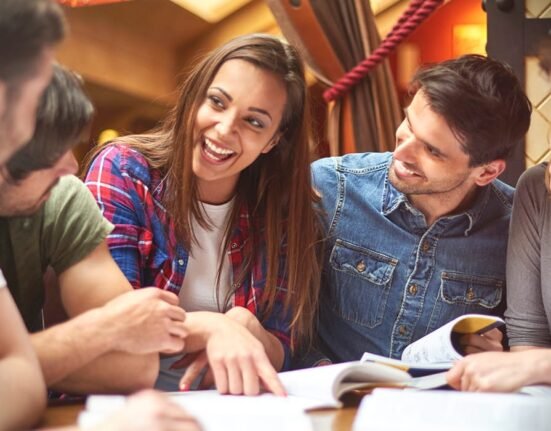




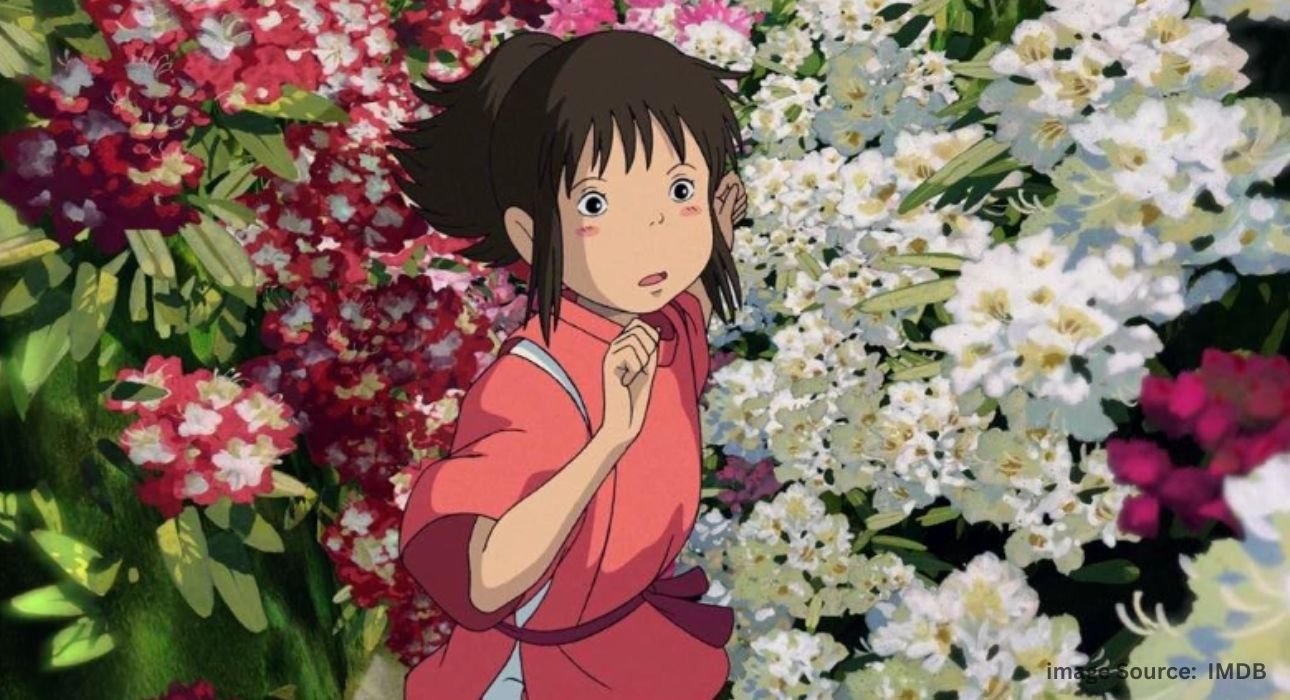
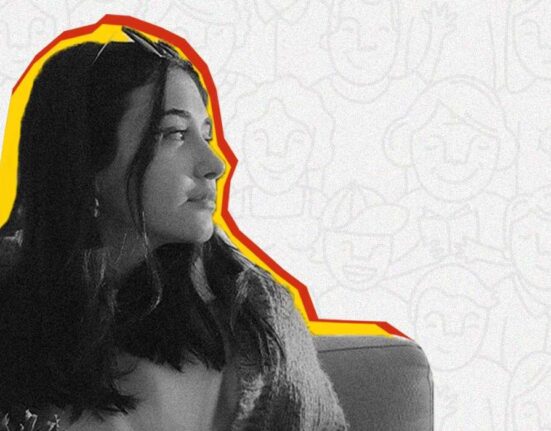
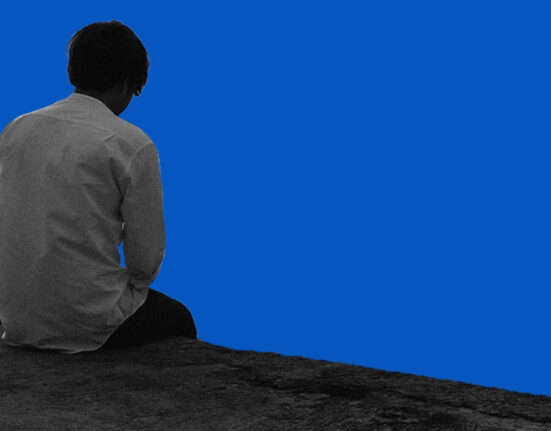
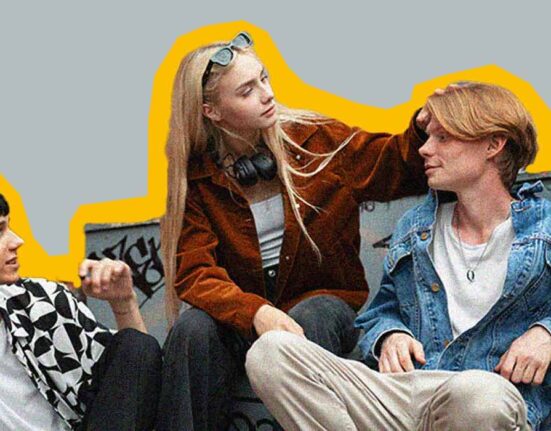


Leave feedback about this